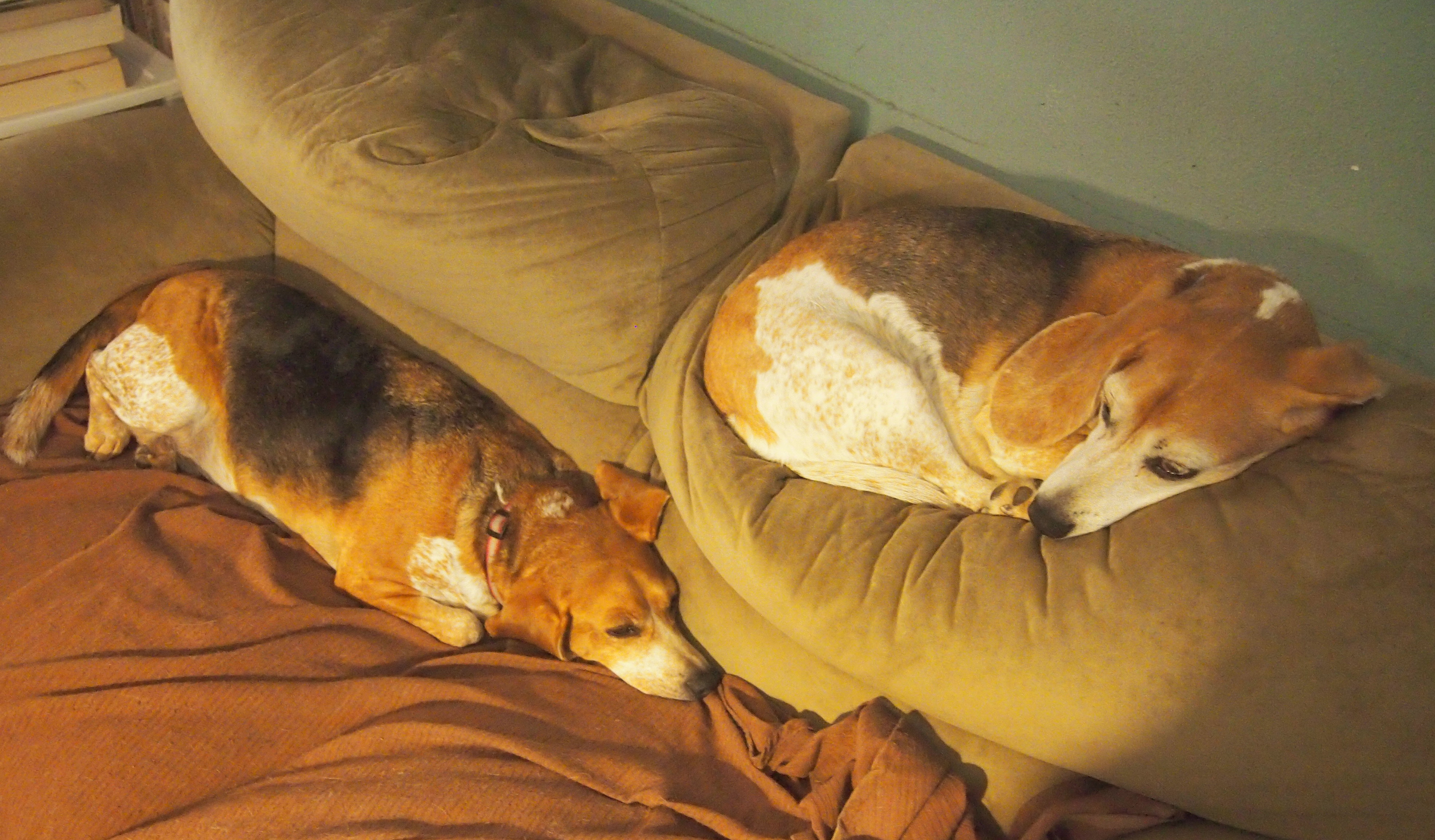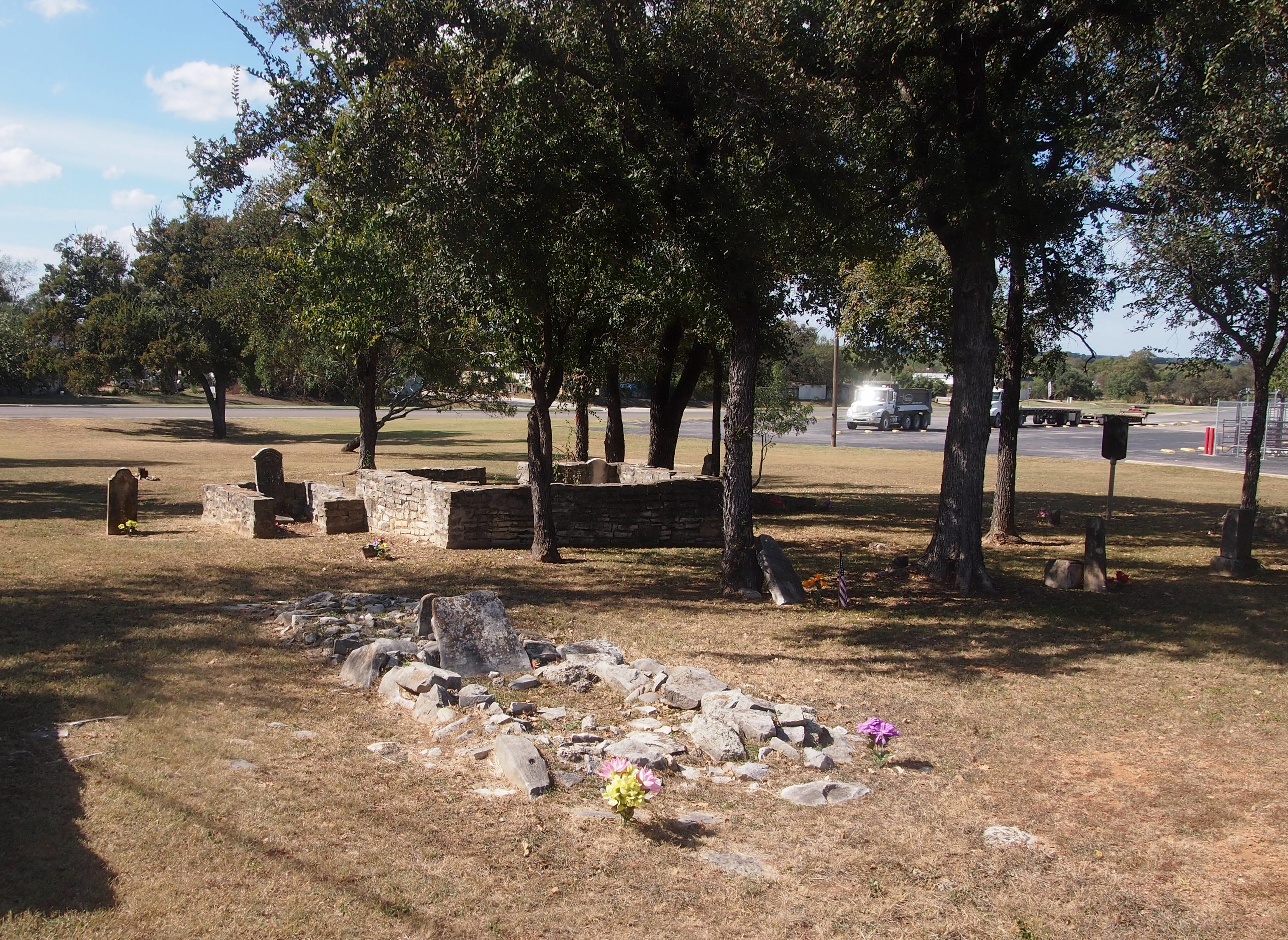I did my little part in the 58th quadrennial presidential election this morning — the 10th in which I’ve voted — at about 10:30, figuring that the morning rush would be over. Only one person was ahead of me when I arrived, but about a half-dozen were waiting when I left, so I guess there was ebb and flow throughout the day.
In Illinois, for the record, only four candidates were on the ballot for president: Democratic, Republican, Libertarian and Green. Left out: the Reform Party (remember them?); the Constitution Party, who seem to wuv the Constitution, except that pesky establishment clause; America’s Party, a splinter of the Constitution Party, because there are always splinters; the American Solidarity Party, an amalgam of social conservatism and economic redistributism; the Socialist Workers Party; the Communist Party USA; or any number of independents or micro-parties.
Besides Laurel Hill Cemetery in Philadelphia, I managed to see three other burial grounds during my recent trip, two others in Philly, one in Lampasas, Texas, none of them by design. They all happened to be near places I was going anyway.
Across the street from the U.S. Mint is Christ Church Burial Ground, home to about 1,400 markers on two acres, many dating from Colonial or Revolutionary times. With its irregular stones, worn inscriptions and modern buildings just outside the walls, the place reminded me of King’s Chapel and the Granary Burial Ground in downtown Boston.
Christ Church’s most famed permanent resident is Benjamin Franklin, whose stone was covered with pennies. I overheard a guide say that the cemetery earns a couple of thousand dollars a year picking up the coins left for Dr. Franklin. I like to think he’d be amused by that. A penny saved might be a penny earned, but better for people to give you pennies because they want to.
Another resident I recognized was Benjamin Rush, patriot and man of medicine, in as much as that was possible at the time. His attitude toward bleeding was, alas, about the same as Theodoric of York. Still, he did what he could, especially during the yellow fever epidemic of 1793.
The burial ground is a few blocks away from Christ Church itself, which presumably needed the expansion space. The church has a smaller cemetery on its grounds, as well as burials inside. It’s a lovely, light-filled Wren sort of church.
Besides its importance as a place of worship for numerous leaders of the Revolution and early Republic, Christ Church was also pivotal in the organization of the Protestant Episcopal Church in the United States of America. The Most Reverend William White, first presiding bishop of that church, is buried in the church’s chancel. (His house on Walnut St. is part of Independence National Historical Park these days.)
The churchyard is as much garden these days as cemetery.
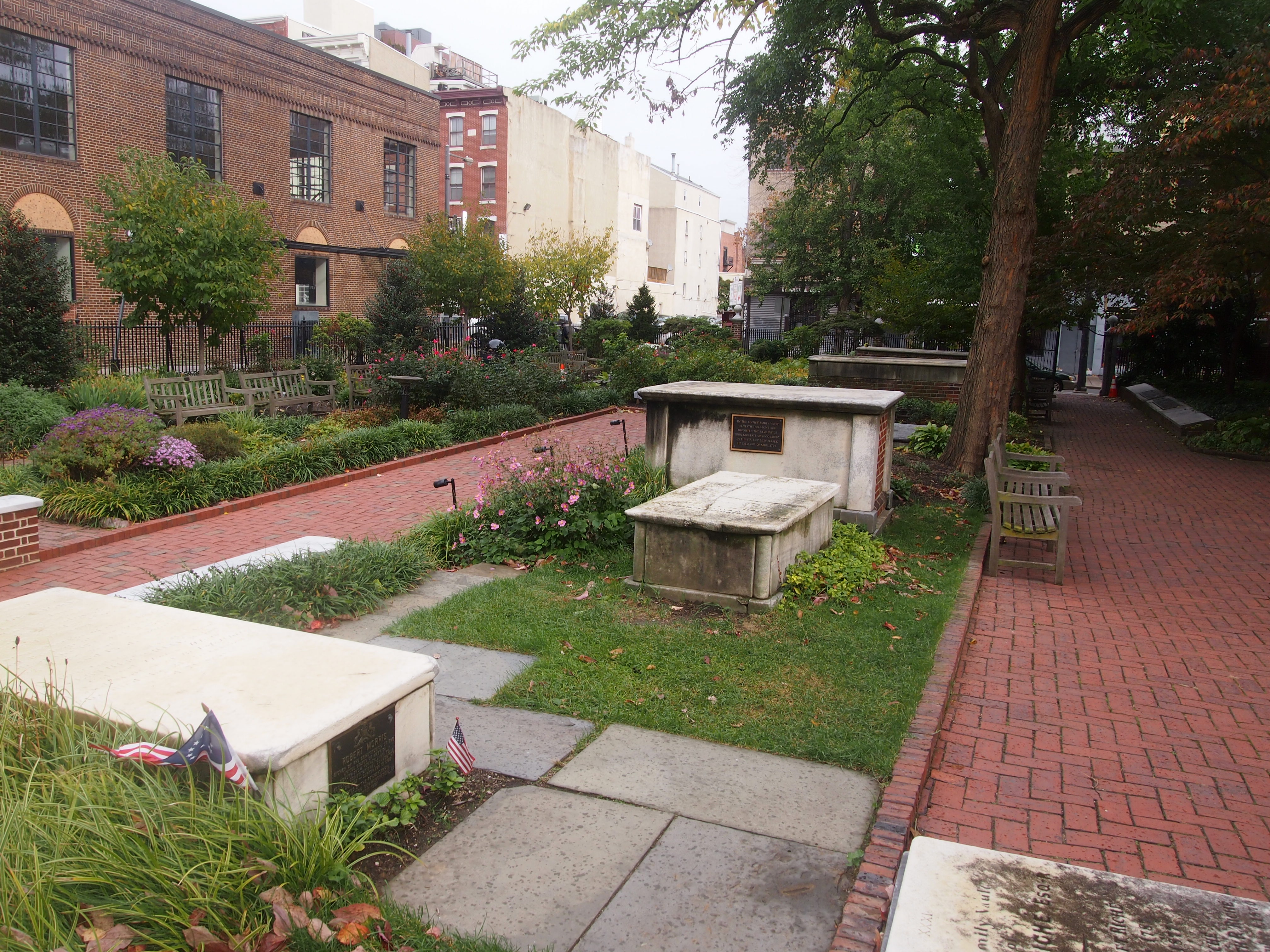
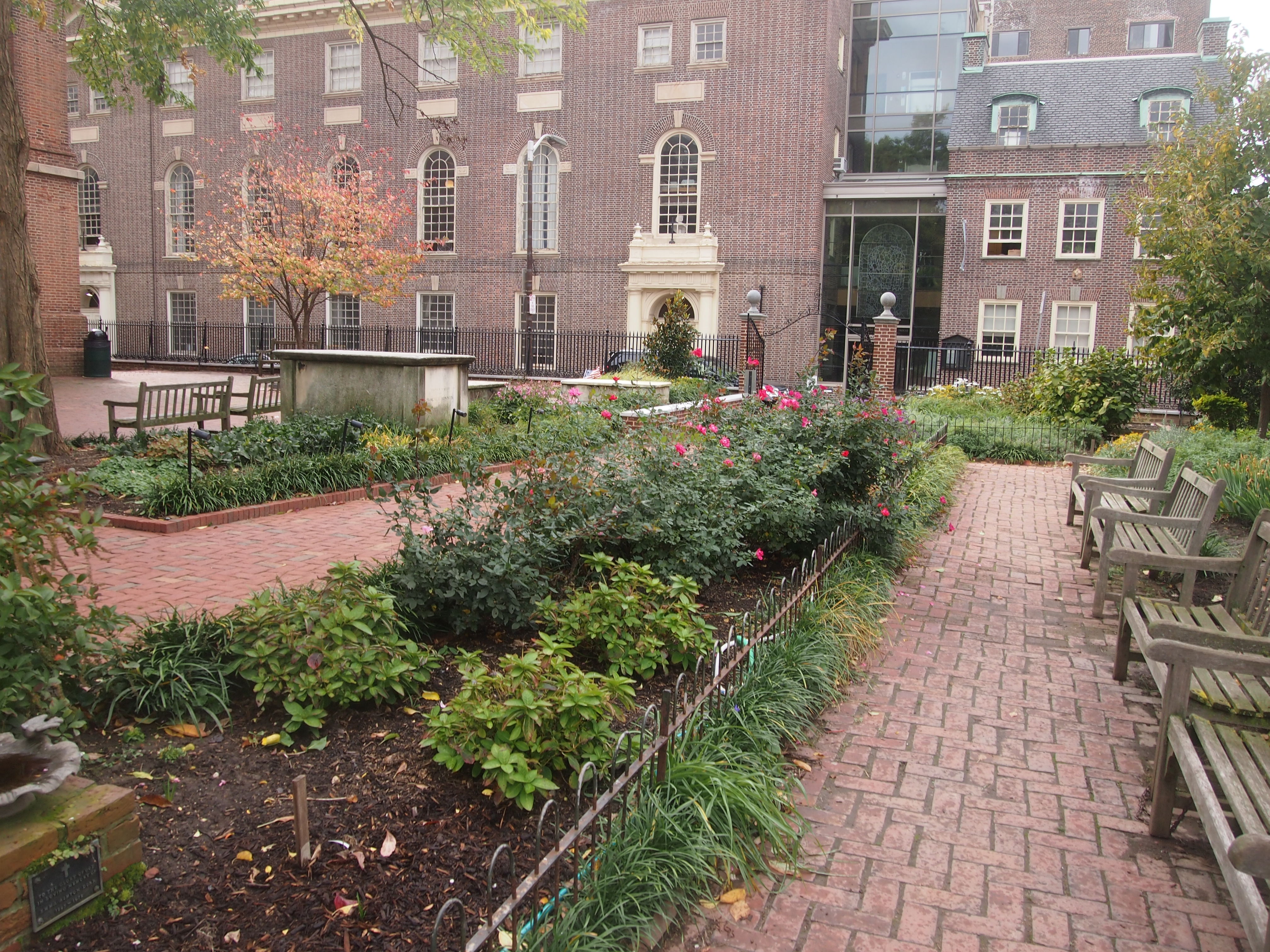 Lampasas, Texas, is west of Killeen and Temple, and a burg of about 6,600. While driving along US 190 (Plum St.), a main road through town, I spotted Cook Cemetery, established as a pioneer graveyard in the mid-1850s, with its last known burial only in 1873.
Lampasas, Texas, is west of Killeen and Temple, and a burg of about 6,600. While driving along US 190 (Plum St.), a main road through town, I spotted Cook Cemetery, established as a pioneer graveyard in the mid-1850s, with its last known burial only in 1873.
In our time, it’s a slice of lightly wooded land between the road and a large parking lot. There are a number of stones, as well as broken stones and fragments, and a few burial sites enclosed by short walls.
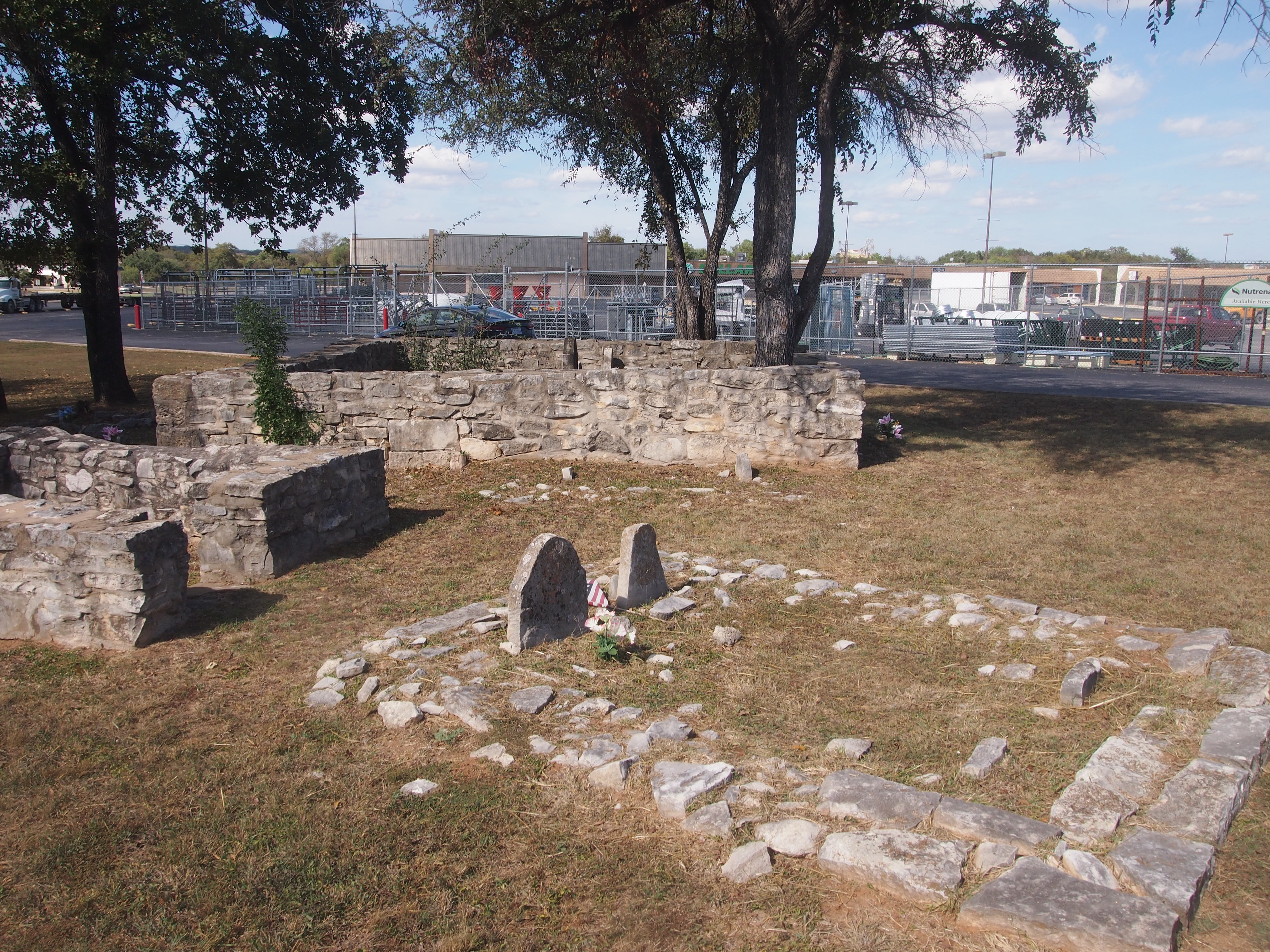 A couple of stones include later markers denoting citizens of the Republic of Texas. For instance, this stone’s a little hard to decipher, but one of the dates seems to be November 8, 1855, or 161 years ago exactly. Could be the stone was erected that day, since Rebeca seems to have been born in 1801 and died in ’54.
A couple of stones include later markers denoting citizens of the Republic of Texas. For instance, this stone’s a little hard to decipher, but one of the dates seems to be November 8, 1855, or 161 years ago exactly. Could be the stone was erected that day, since Rebeca seems to have been born in 1801 and died in ’54.
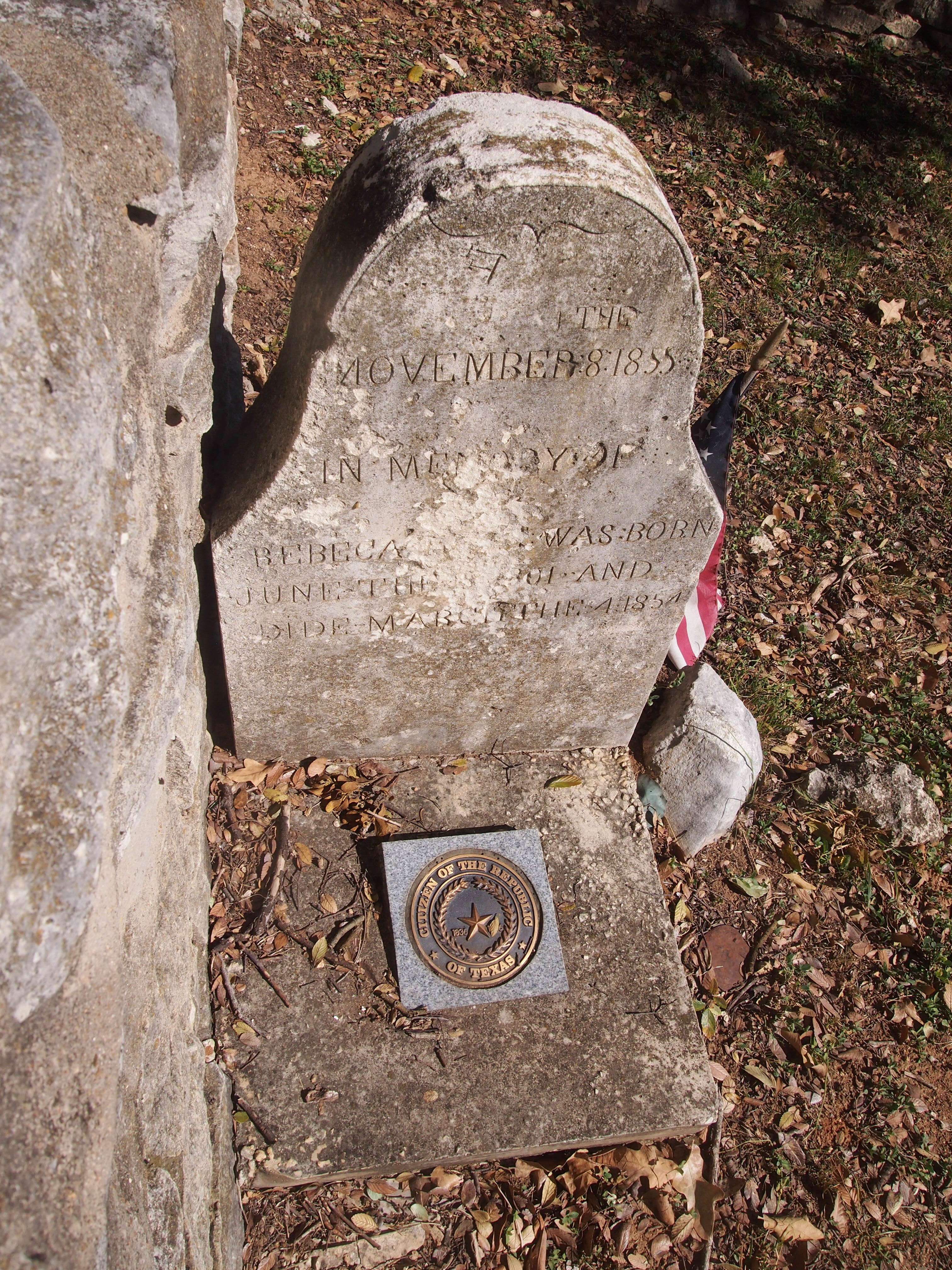 Enough about cemeteries. Here’s something else I spotted in Philadelphia, at Market and 5th. Another Megabus.
Enough about cemeteries. Here’s something else I spotted in Philadelphia, at Market and 5th. Another Megabus.
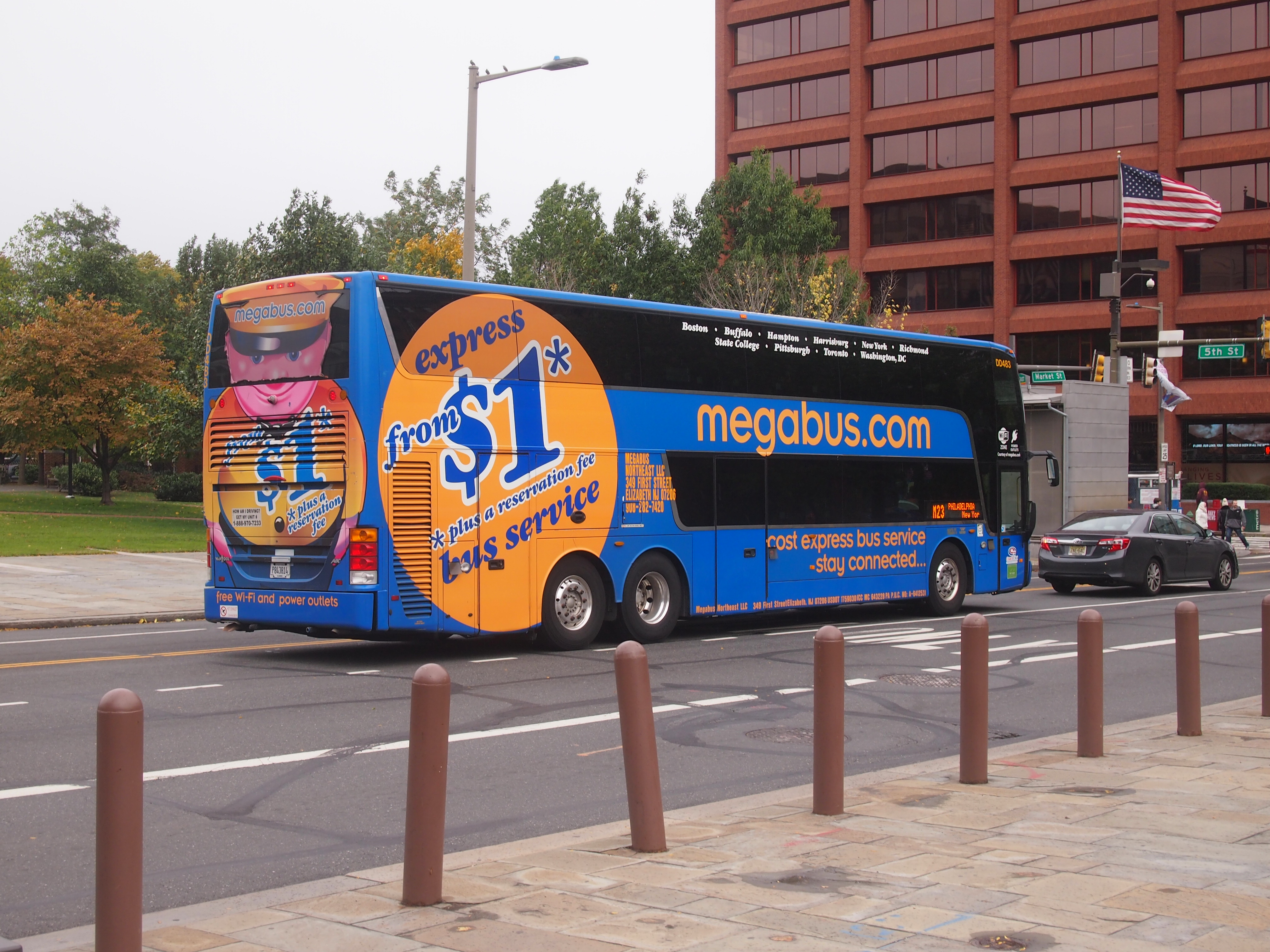 In Dallas, I finally got a decent image of my brother Jay’s dogs, in one of their common poses.
In Dallas, I finally got a decent image of my brother Jay’s dogs, in one of their common poses.
